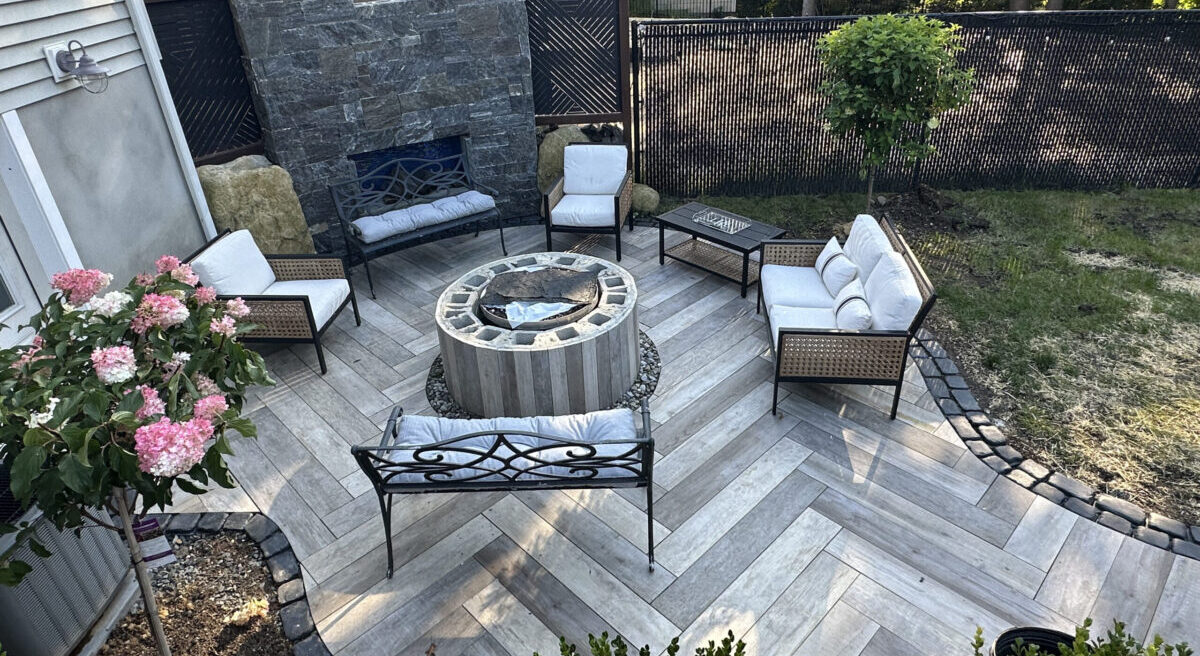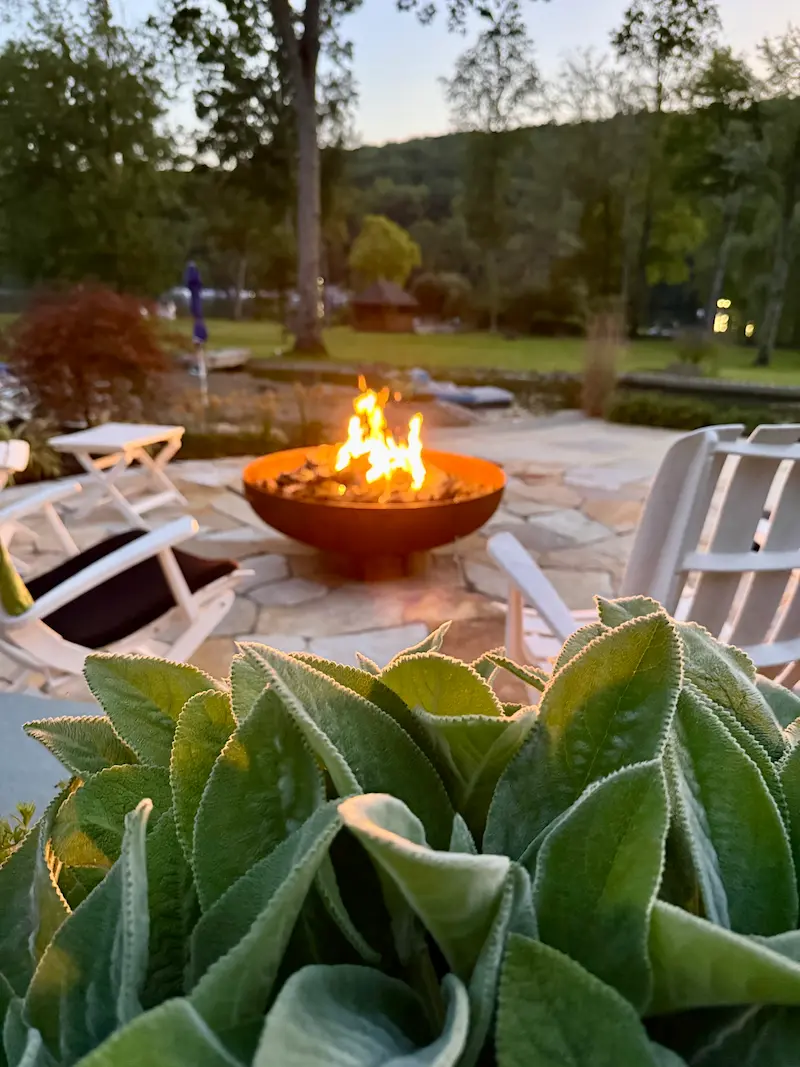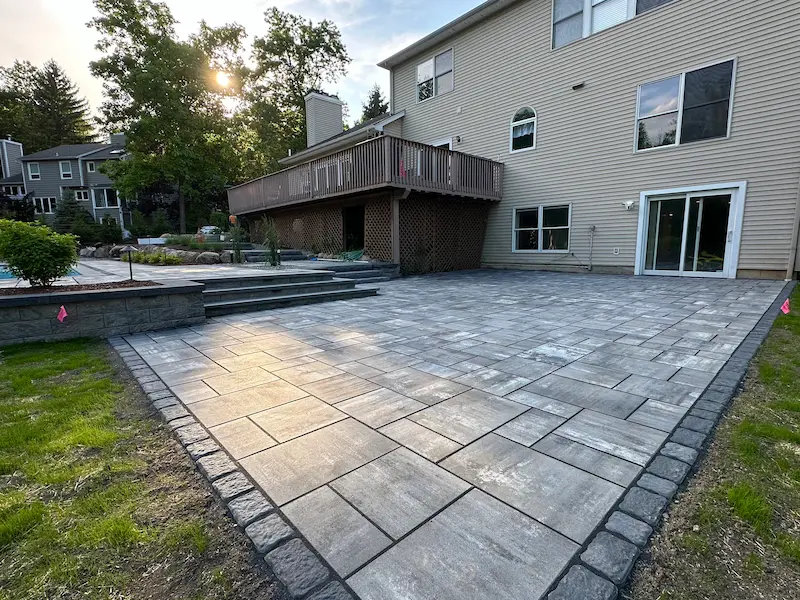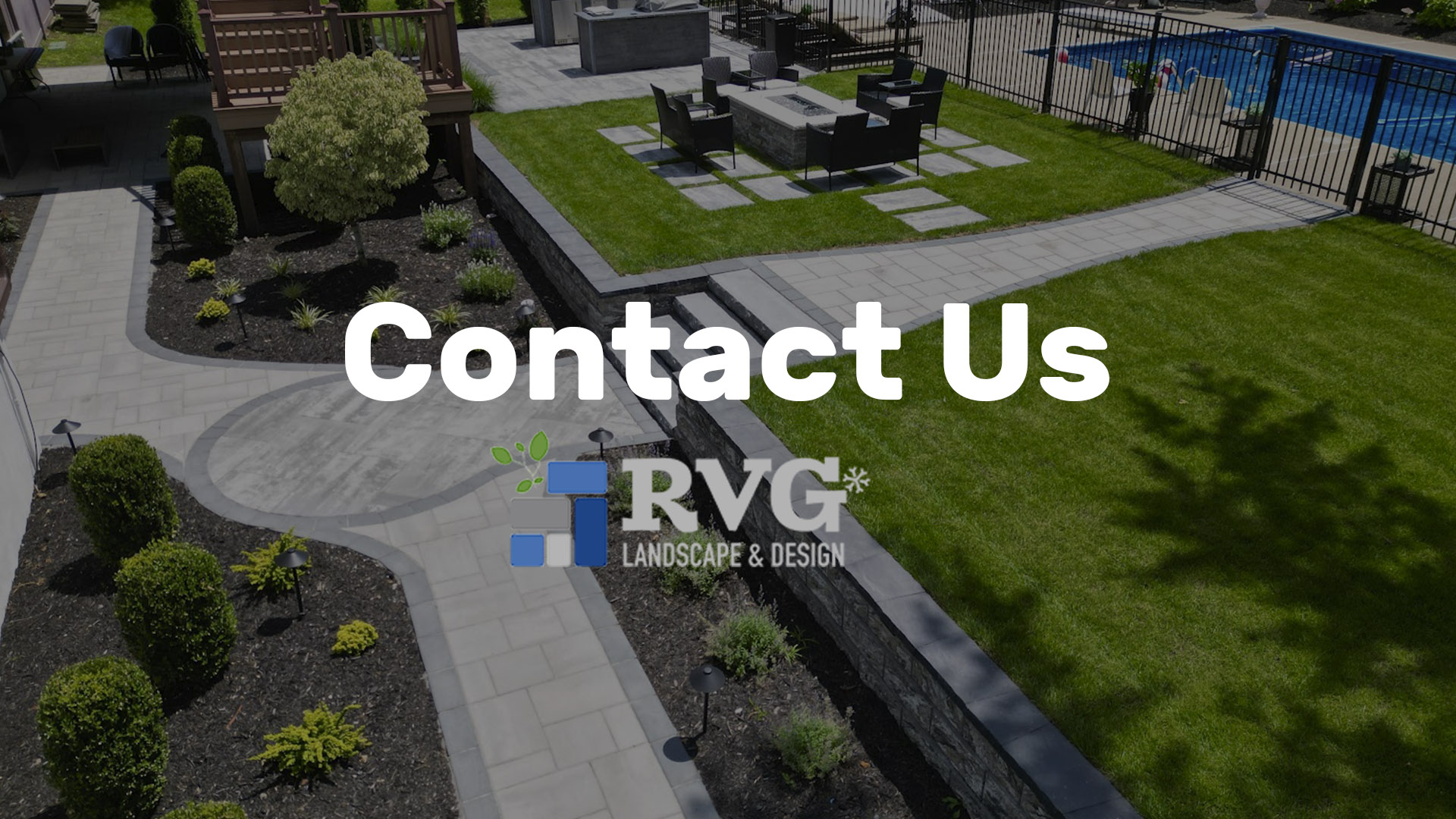Create a Charming Urban Hideaway in Your Small Yard
Landscaping for small spaces can seem like a daunting task, especially for homeowners and gardening enthusiasts in urban areas. Limited space and unique challenges often make it difficult to create a functional and attractive yard. However, with the right strategies and creativity, you can maximize your small yard’s potential and transform it into a beautiful retreat.
In this blog post, we’ll explore the importance of landscaping for small yards and how it can enhance both the aesthetic appeal and functionality of your outdoor space. We’ll cover practical tips and innovative ideas that will help you make the most out of every square foot.
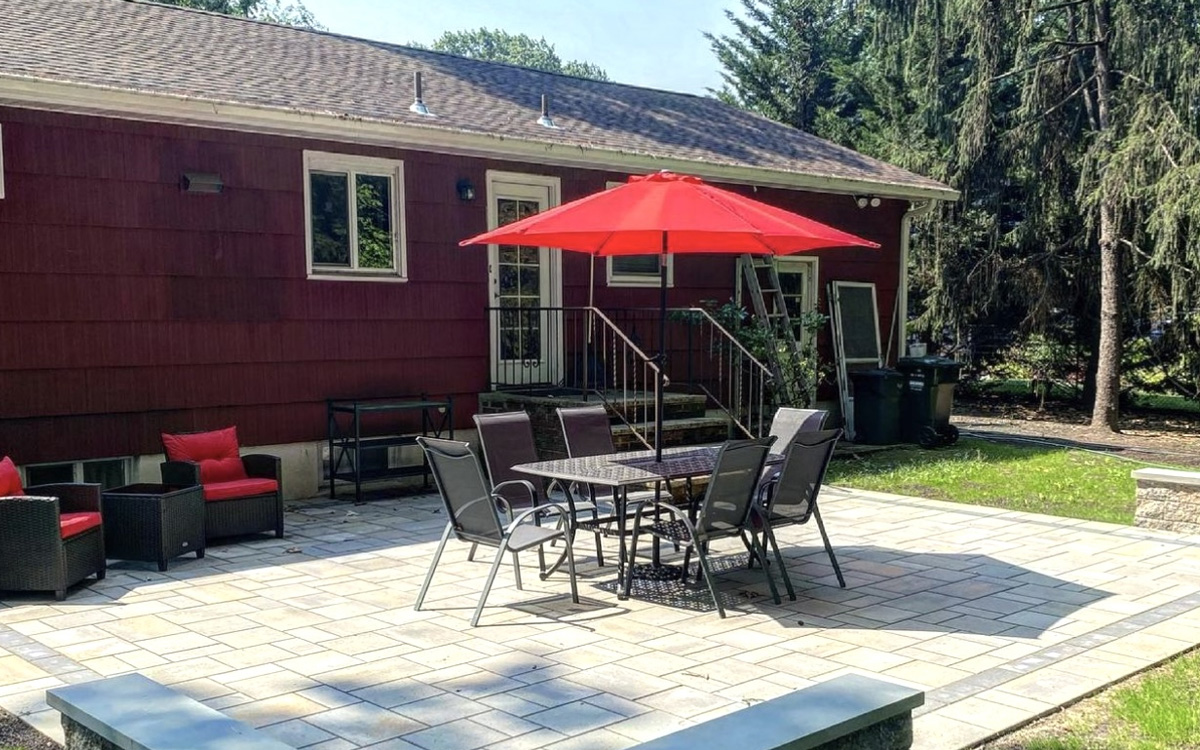
Understanding Your Space
Assess Your Layout
The first step in maximizing your small yard is understanding its unique characteristics. Take a close look at your yard’s layout, including its shape, size, and any existing structures. Consider how you currently use the space and what changes could improve its functionality.
Natural light plays a crucial role in plant growth and overall yard design. Observe how sunlight moves across your yard throughout the day. Identify sunny and shady areas to determine which plants will thrive and where you might need additional lighting. Soil condition is another essential factor. Test the soil to understand its composition and pH levels. This information will guide your plant selection and help you address any necessary soil amendments.
Know Your Microclimate
Urban settings often create microclimates due to buildings, pavement, and limited green spaces. Understanding your yard’s microclimate will help you choose plants and design elements that can withstand these conditions. Factors like wind patterns, temperature fluctuations, and humidity levels all play a role in your yard’s microclimate.
Take note of any nearby structures that might provide shelter or reflect heat. This information will help you create a more resilient and adaptable garden. By considering these factors, you can select plants and materials that will thrive in your specific environment.
Designing for Function and Aesthetics
Create Zones
Dividing your small yard into distinct zones can make it feel larger and more organized. Designate areas for different activities, such as dining, lounging, and gardening. Use pathways, borders, and varying ground materials to define these zones visually.
Vertical gardening is a fantastic way to save space while adding greenery to your yard. Install trellises, wall planters, and hanging baskets to maximize vertical space. This technique not only adds visual interest but also allows you to grow more plants without taking up valuable ground space.
Incorporate Focal Points
Focal points draw the eye and create a sense of depth in small yards. Choose a striking feature, such as a sculpture, water feature, or unique plant, and position it strategically. This will create a visual anchor that makes your yard feel more spacious.
Low-maintenance plants are essential for small yards, as they require less care and reduce the risk of overcrowding. Opt for native plants and drought-tolerant species that thrive in your local climate. Hardscaping elements, such as gravel paths, stone patios, and wooden decks, can also help balance the look and provide practical, low-maintenance solutions.
Space-Enhancing Techniques
Utilize Color, Scale, and Perspective
Color can significantly impact the perception of space in your yard. Light colors can make a small area appear larger, while dark colors can create depth and contrast. Use a cohesive color palette to create a harmonious and visually appealing design.
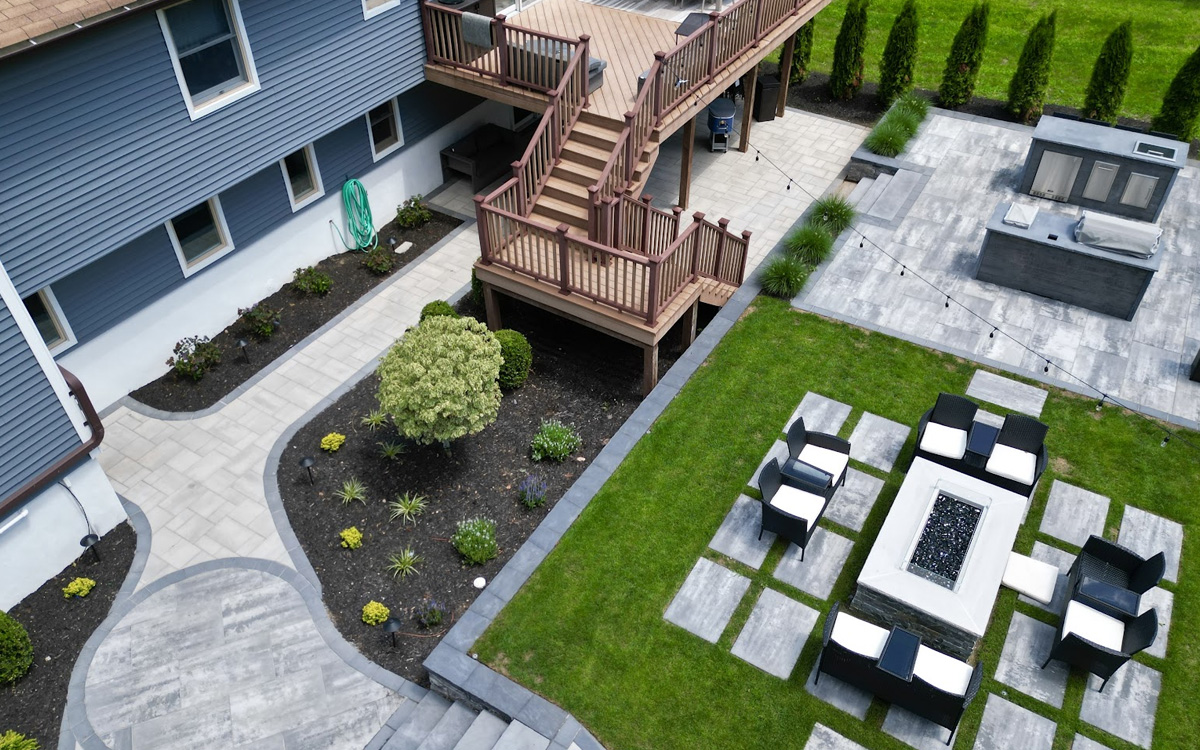
Scale is another critical factor in small yard landscaping. Choose appropriately sized furniture, plants, and decor to avoid overwhelming the space. Smaller plants and compact furniture can make the yard feel more open and inviting.
Perspective plays a crucial role in creating the illusion of space. Use techniques such as layering plants, placing larger elements in the foreground, and drawing the eye upward with vertical features. These strategies can make your yard appear more expansive and dynamic.
Integrate Outdoor Furniture and Lighting
Outdoor furniture should be both functional and stylish. Choose pieces that fit well within the space and serve multiple purposes. Foldable, stackable, or built-in furniture can save space and provide flexibility for different activities.
Lighting is essential for creating ambiance and extending the usability of your yard into the evening. Use a mix of overhead, task, and accent lighting to highlight key features and ensure safety. Solar-powered options are eco-friendly and easy to install.
Water features, such as fountains or small ponds, add a soothing element to your yard. They can also serve as focal points and attract wildlife, enhancing the overall atmosphere.
Maintenance Tips
Regular Care
Maintaining a small yard requires regular attention to keep it looking its best. Develop a routine for watering, pruning, and general upkeep. Consistent care will ensure that your plants remain healthy and your yard stays tidy.
Pruning is essential for keeping plants in check and promoting healthy growth. Regularly trim back overgrown branches and remove dead or diseased foliage. This will help prevent overcrowding and maintain the overall appearance of your yard.
Watering is another critical aspect of yard maintenance. Ensure that your plants receive adequate moisture, especially during dry periods. Consider installing a drip irrigation system to provide consistent and efficient watering.
Seasonal Maintenance
Each season brings different maintenance tasks to keep your yard thriving year-round. In spring, focus on planting new varieties and refreshing mulch. Summer requires more frequent watering and pest control. Fall is the time to clean up fallen leaves and prepare plants for winter. Winter involves protecting plants from frost and pruning dormant species.
By following these seasonal tasks, you can ensure that your small yard remains vibrant and beautiful throughout the year.
Case Studies and Inspirations
Real-Life Examples
Let’s explore some real-life examples of successful small yard landscaping projects. These inspiring stories showcase how creativity and thoughtful design can transform even the smallest spaces:
- City Sanctuary – A narrow backyard in the city was transformed into a lush retreat using vertical gardens, a compact seating area, and a small water feature. The result is a serene space that feels far removed from the bustling city.
- Modern Minimalism – A tiny courtyard was redesigned with sleek, minimalist elements, including a wooden deck, geometric planters, and a simple seating arrangement. The clean lines and cohesive color palette create a sophisticated and spacious feel.
- Cottage Garden – A small suburban yard was turned into a charming cottage garden with meandering pathways, colorful flower beds, and a cozy seating nook. The use of native plants and rustic decor adds to the whimsical charm.
Global Inspirations
Small space gardening is a global phenomenon, and there are countless examples from around the world. Here are a few inspiring small yards that demonstrate innovative design and thoughtful use of space:
- Japanese Zen Garden – In Japan, small urban gardens are designed with simplicity and tranquility in mind. Features such as stone pathways, carefully pruned bonsai trees, and serene water elements create peaceful retreats.
- English Cottage Garden – In the UK, small gardens are often filled with a riot of colorful flowers and winding pathways. The emphasis is on creating a lush, inviting atmosphere that feels like a natural extension of the home.
- Mediterranean Courtyard – In Mediterranean countries, small courtyards are transformed into vibrant outdoor living spaces with terracotta pots, climbing vines, and shaded seating areas. These gardens are designed for relaxation and socializing.
Our Conclusion
Maximizing a small yard’s potential through thoughtful landscaping can create a beautiful, functional space that enhances your quality of life. By understanding your yard’s unique characteristics, designing for function and aesthetics, and implementing space-enhancing techniques, you can transform even the smallest space into an urban oasis.
We hope these tips and examples inspire you to get creative with your own small yard. Remember, the key is to make the most of every square foot and create a space that reflects your personal style and needs.
Ready to transform your outdoor spaces? Contact us today to start your landscaping journey and watch your residential and commercial property become a stunning retreat. Share your progress and connect with other gardening enthusiasts in our community. Let’s create beautiful, functional landscapes together!

